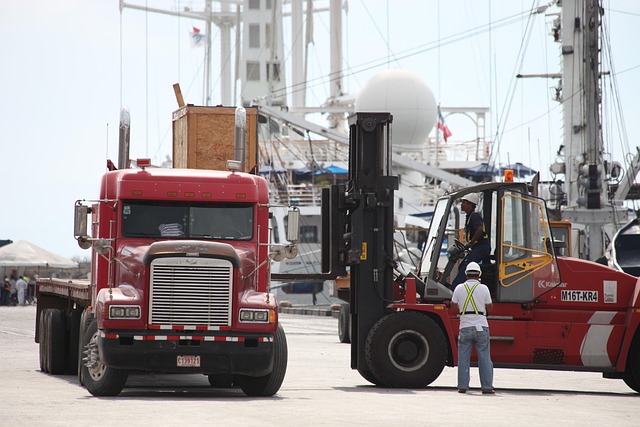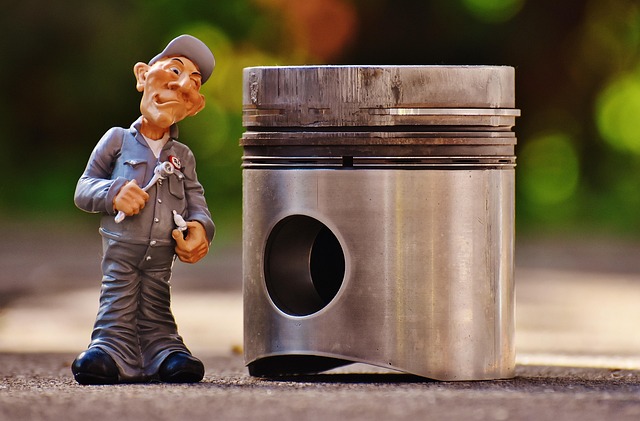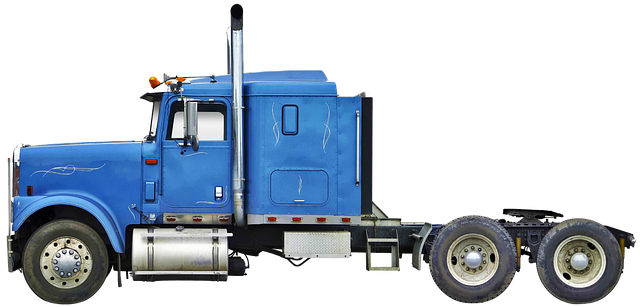Looking to register your car in California? Our step-by-step guide makes the process hassle-free. First, understand the state’s registration requirements, which include providing proof of insurance and completing a DMV VIN verification. Gather essential documents like your vehicle’s title, ID, and proof of residency. Then, visit your local DMV to verify your car’s unique VIN (Vehicle Identification Number). After that, fill out the application, pay the fees, and receive your official registration certificate.
- Understand California Car Registration Requirements
- Gather Necessary Documents for Registration
- Visit Your Local DMV for VIN Verification
- Complete Application and Pay Registration Fees
- Receive Your Vehicle's Registration Certificate
Understand California Car Registration Requirements

Before registering your car in California, it’s crucial to understand the state’s specific requirements. The California Department of Motor Vehicles (DMV) mandates several steps for new and transferred vehicle registrations, emphasizing the importance of accurate information and proper documentation. One key aspect is the DMV VIN verification, where the unique Vehicle Identification Number (VIN) is cross-checked for authenticity.
Additionally, a mobile vin verification or vin inspection might be required in certain cases, ensuring that the vehicle matches the provided details on paperwork. This process helps prevent fraud and ensures only legitimate vehicles are registered, safeguarding both owners and the state. Always refer to the official DMV guidelines for up-to-date information regarding car registration in California.
Gather Necessary Documents for Registration

Before heading to the California Department of Motor Vehicles (DMV) to register your car, make sure you have all the required documents. The process typically involves a number of key steps and papers. First, obtain a vehicle history report or proof of ownership from the previous owner. This document is crucial for verifying the vehicle’s identity and its past, ensuring that there are no outstanding issues or liens. Additionally, gather your driver’s license, valid insurance card, and proof of residency, like a utility bill or lease agreement.
For added convenience and accuracy during the registration process, consider conducting a DMV vin verification using your vehicle’s unique Vehicle Identification Number (VIN). This can be done through various online services or even with a mobile vin inspection app, which allows you to check for any potential issues or hidden costs before submitting your application. By ensuring all documents are in order and having completed the initial vin inspection, you’ll streamline the registration process at the DMV.
Visit Your Local DMV for VIN Verification

To register your car in California, one essential step is visiting your local DMV for VIN (Vehicle Identification Number) verification. This process ensures that your vehicle meets all safety and emissions standards required by the state. At the DMV, a trained official will inspect your car to confirm its identity and condition using the unique VIN code engraved on critical components like the engine and chassis.
A vin inspection is crucial to avoid any legal issues or problems with future sales. You can even consider utilizing mobile vin verification services or apps that provide on-site or remote checks, offering convenience for those who prefer not to visit a DMV office. These services use advanced technology to cross-reference your VIN with state records, ensuring accuracy and saving you time.
Complete Application and Pay Registration Fees

To register your car in California, the first step is to complete the Application for Title and Registration (Form DMV-123). This form requires detailed information about your vehicle, including its make, model, year, and unique Vehicle Identification Number (VIN). Alongside this, you’ll need to provide proof of insurance, identify yourself, and pay the registration fees. The California Department of Motor Vehicles (DMV) offers several ways to submit these documents, with online and mail-in options available.
Once your application is complete and all necessary fees are paid, the DMV will perform a VIN verification to ensure the vehicle’s information matches the data in their systems. This process can be facilitated by using a mobile vin verifier or conducting a mobile vin inspection to streamline the verification process. Remember to keep your registration documents safe, as you’ll need them for future reference and potential transactions involving your vehicle.
Receive Your Vehicle's Registration Certificate

After completing your vehicle purchase, it’s crucial to receive your Vehicle’s Registration Certificate (VC). This document is essential for legally registering your car in California. The process involves a DMV (Department of Motor Vehicles) VIN verification, ensuring that the vehicle’s unique identification number (VIN) matches the details on record and confirming its authenticity.
One convenient way to facilitate this verification is by utilizing a mobile vin verifier or conducting a vin inspection through a trusted service. These services allow for quick and accurate checks, streamlining the registration process. By having your VIN inspected before heading to the DMV, you can save time and ensure a smooth transition into California’s vehicle registration system.
Registering a car in California is a straightforward process, but it requires careful preparation. By understanding the state’s requirements, gathering all necessary documents, and completing the DMV VIN verification, you’ll be well on your way to securing your vehicle’s registration. Remember to keep your registration certificate handy for future reference and proof of ownership.
